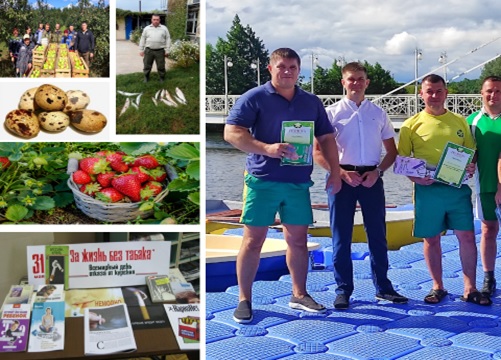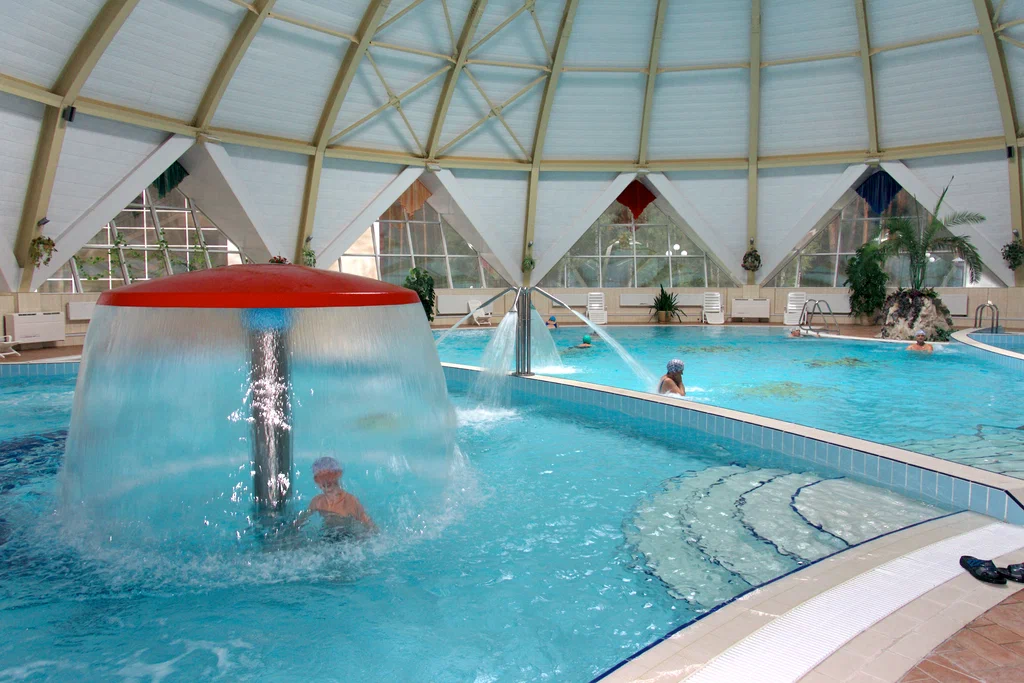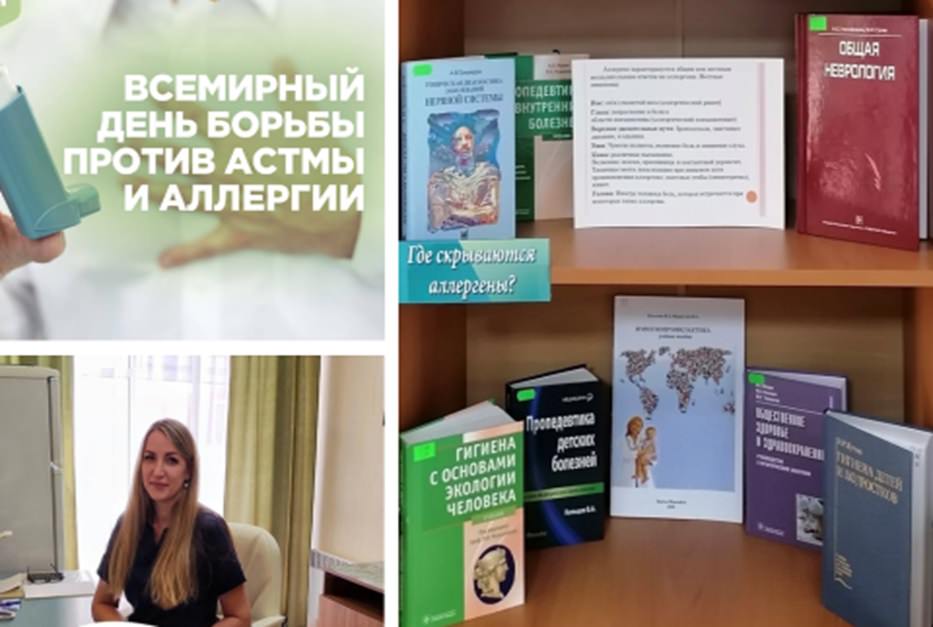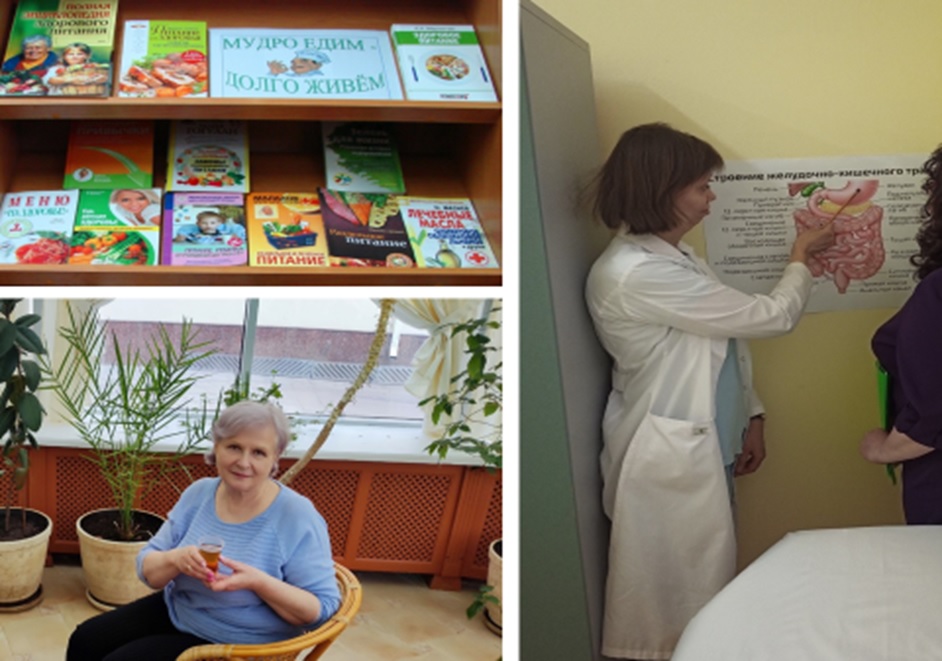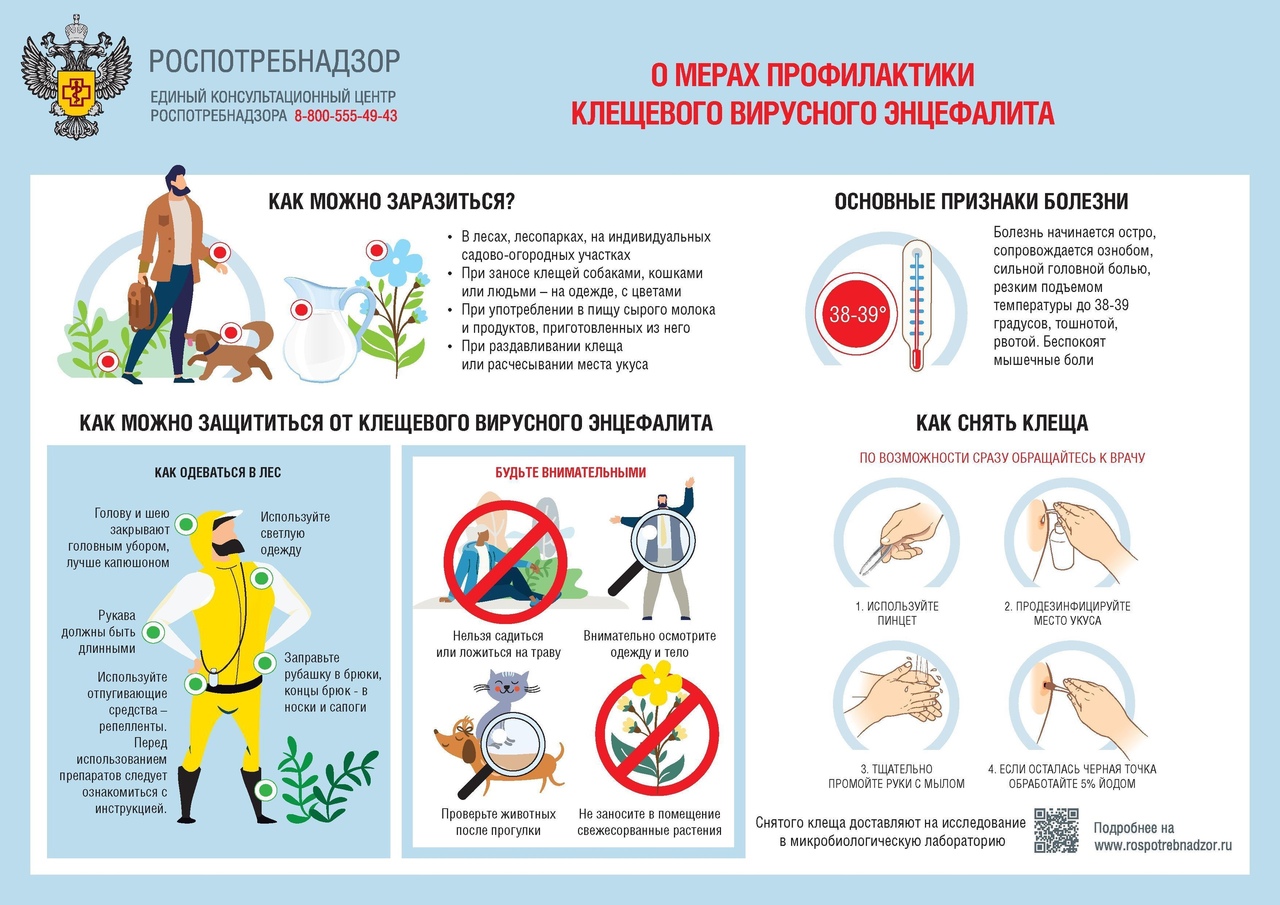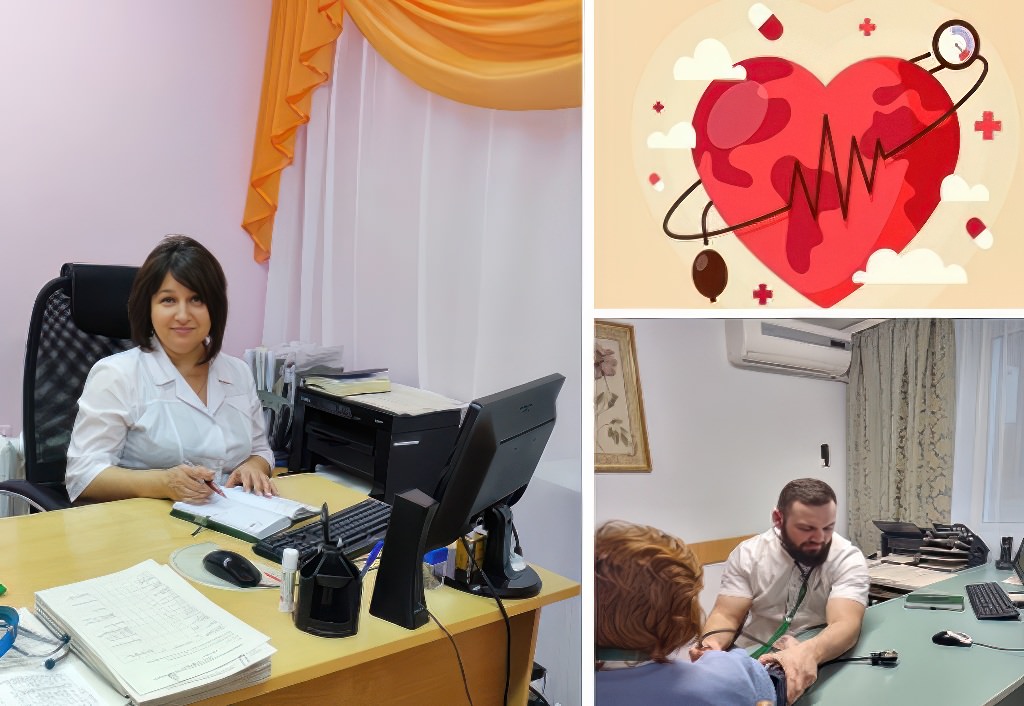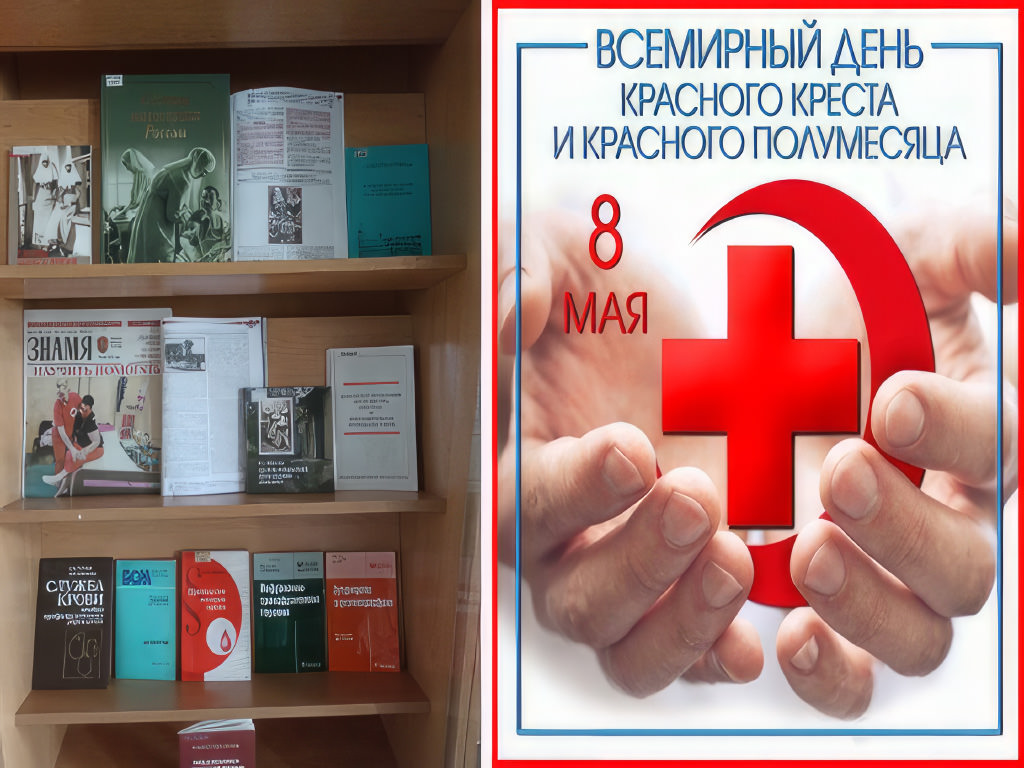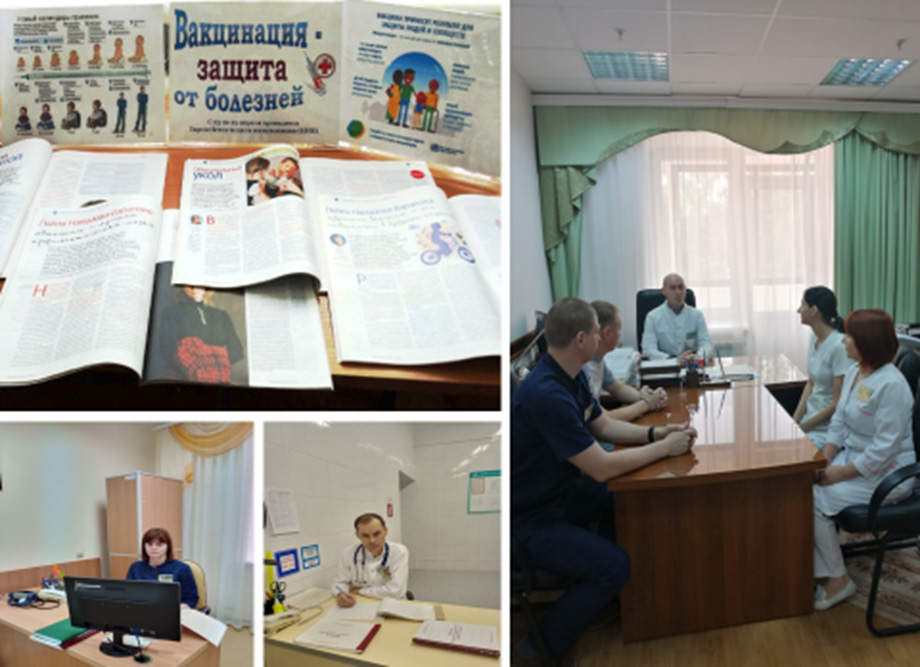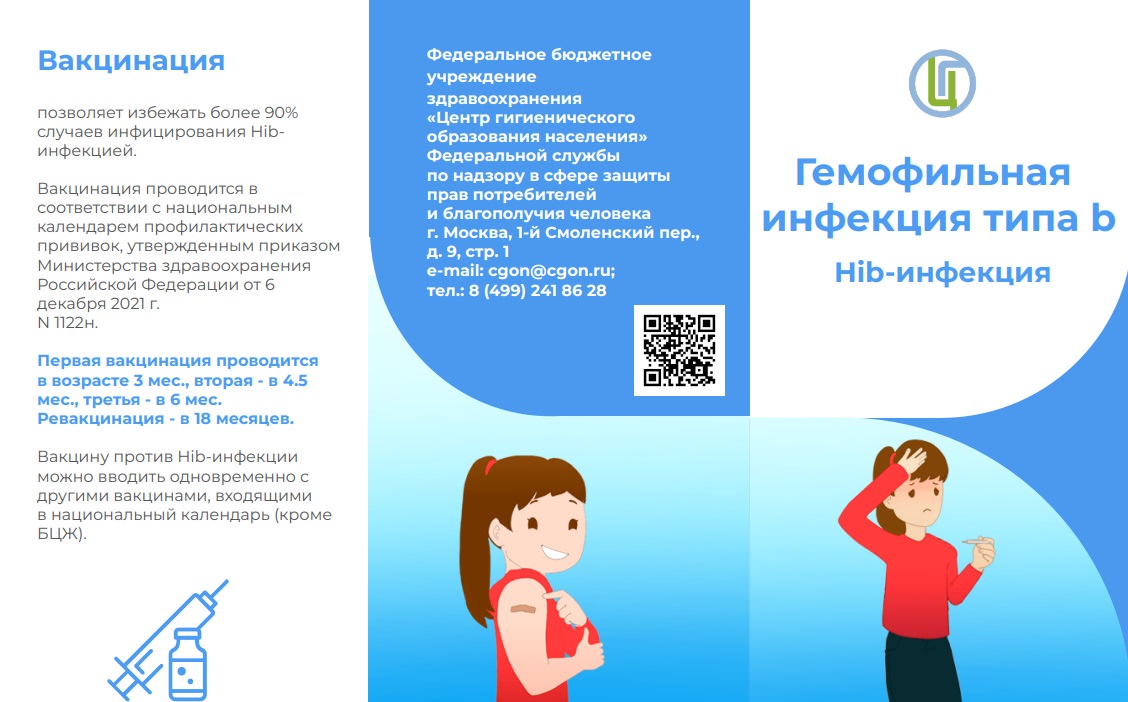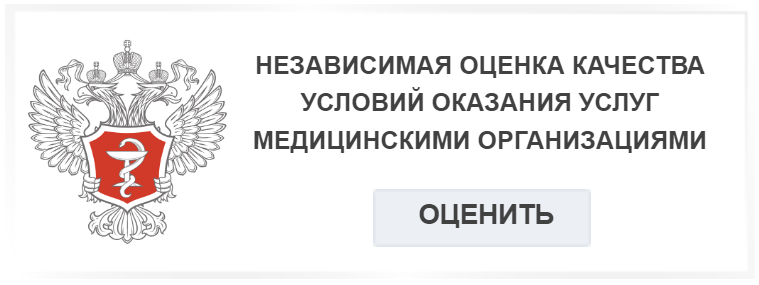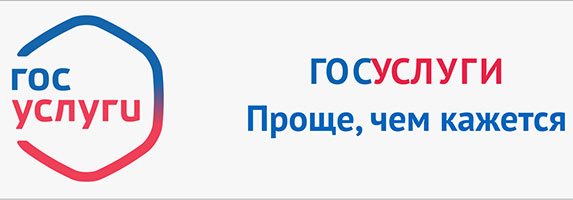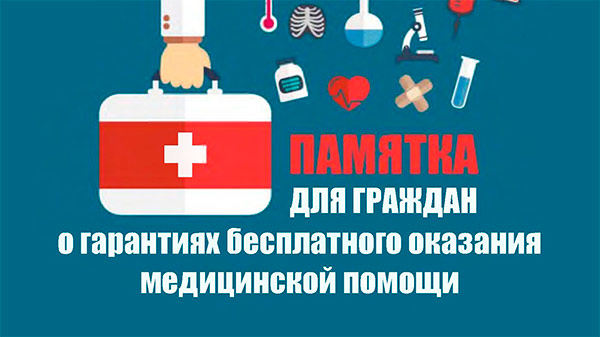Every year, at the initiative of the World Health Organization, the World No Tobacco Day (VDBT) is celebrated. The motto of the infocampania 2023 is "Lead a healthy lifestyle! Grow food, not tobacco!". The global goal of the holiday is to promote the protection of present and future generations not only from the destructive effects on health, but also from the social and environmental consequences associated with tobacco use, and the only way is to quit smoking.
The staff of the sanatorium "Beautifully" live in harmony with the motto - "Lead a healthy lifestyle! Grow food, not tobacco!". Vegetables and fruits, fish, quail eggs and honey are grown on the subsidiary farm. Eco-friendly products from their own farms are delivered to the tables of vacationers. And the employees themselves are engaged in sports and lead a healthy lifestyle.
During this festive week, sports and informational events are held in the sanatorium "Beautifully" under various slogans – "Sport prolongs life", "Replace a cigarette with a candy", "Smoking is not fashionable" and others. Doctors have prepared lectures, talks, leaflets, films and videos about the dangers of smoking. Everyone can get specific recommendations that will help to cope with addiction.
The week of quitting smoking is the very time when a smoker, seeing the support of strangers, relatives and friends, can seriously think about his health, the negative consequences of a bad habit and prolong his life for 10 years. You can become a prisoner of tobacco very quickly, so the best way is not to start smoking, and if it does happen, then work hard and quit the bad habit, otherwise it will be too late later.

Dear guests of the sanatorium, since June 13, the water park and the swimming pool of the sanatorium are closed for annual maintenance. The preliminary opening date is July 3.

The annual World Asthma and Allergy Week was established in 2005 by the World Health Organization to attract public attention to solving important problems related to asthma and allergization of the population. Algium and asthma are called "diseases of the third millennium" and diseases of civilization. According to available information, currently more than 40% of the population is related to signs of asthma and allegory.
Why not? about the non—equivalent pandemic: every third person is ill with an allegorical rhythm and why every tenth person has bronchial asthma. According to scientists' forecasts, this figure will grow' because most of the factors 'causing allergic reactions' are associated with our lifestyle' work and everyday life.
According to the forecasts of specialists in the field of computer science and engineering, by 2025 the number of such or foreign analytics or asthma will grow in Russia. Therefore, the information campaign conducted by the doctors of the sanatorium "Beautifully" is so relevant and significant. Medical workers prepared booklets, lectures, talks, dilemmas and video tutorials in which the risk actors of the placement in the alleys and comments were revealed:
- smoking;
- active and passive;
- production of chemicals and restoration of organic products;
- uncontrolled use of antibiotics;
- food preparation with synthetic additives;
- stress and unfavorable environmental actors.
Disease is always easier to defeat than to treat! Be healthy!

The World Day of Healthy Digestion is celebrated annually from May 17 to May 29 on the initiative of the World Organization of Gastroenterologists. On this day in 1958, the World Organization of Gastroenterologists adopted its charter.
The purpose of the World Week is to draw public attention to the problems of digestive disorders and to find effective ways to combat them. The doctors of the sanatorium "Beautifully prepared infocampania, which revealed the concept of rational nutrition. Through films, videos, booklets and lectures, medical workers informed vacationers that nutrition is designed to give a person all the components and substances necessary for full-fledged active life, and strengthen human health.
Rational nutrition should be full-fledged, diverse in products and types of dishes, balanced in components, depending on the age of a person, his type of activity and state of health. A person's daily diet should include all the components of food: proteins, carbohydrates, fats, vitamins and trace elements and in a balanced ratio. The official recommendations are currently "Norms of physiological energy and nutritional needs for various groups of the population of the Russian Federation". Consumption norms are based on the basic provisions of rational nutrition.
We recommend following the rules of rational nutrition necessary for healthy digestion!

With the arrival of spring comes the activation of the vital activity of ticks - carriers of infectious diseases. One of them is tick-borne encephalitis, an acute viral disease. The consequences of transferring the disease can be very different, including damage to the nervous system, disability and even death.
In the period from May 15 to May 26, 2023, the Department of Rospotrebnadzor in the Belgorod region conducts a thematic "hotline" for the prevention of tick-borne encephalitis and other tick-borne infections.
Experts will tell you about the rules of individual protection against tick attacks, where to contact if a tick has been sucked in, and also what to do if the result of a tick examination for encephalitis turned out to be positive.
In addition, you can get information about the main signs of tick-borne viral encephalitis and tick-borne borelliosis, about the procedure for vaccination against tick-borne encephalitis and the work schedule of the laboratory of the Center for Hygiene and Epidemiology in the Belgorod Region.
For these and other questions, you can contact us on working days from 10:00 to 17:00, on Friday - from 10:00 to 15:45 (break from 12:00 to 12:45) by calling the Management hotline 8-800-222-04-31 (toll-free).
Medical workers of the sanatorium "Beautifully" for vacationers and employees conduct conversations, lectures, show films about the prevention of encephalitis.
Forewarned means armed. Take care of yourself!

Every year, since 2005, on the initiative of the World Health Organization, in close cooperation with the World League against Hypertension and the International Society of Hypertension, the World Week against Arterial Hypertension is celebrated from May 10 to 17. In 2023, the World Week against Arterial Hypertension will be held under the motto "Accurately measure your blood pressure. Control it. Live longer."
The main purpose of educational events is to promote awareness of vacationers and employees about one of the most common diseases of the cardiovascular system – arterial hypertension.
In the sanatorium "Beautifully" doctors have prepared lectures, talks, leaflets, booklets, seminars, documentaries and videos. Medical professionals recommended to remember the need to regularly measure and know your blood pressure figures, as well as follow a proper diet, lead an active lifestyle and give up bad habits. These recommendations require the patient to actively participate in maintaining and strengthening their health and teach how to take control of their life.

World Red Cross and Red Crescent Day has a fixed date and is celebrated annually on May 8. On this holiday, it is customary to honor volunteers, doctors whose role is invaluable in saving lives and helping vulnerable categories of citizens on the planet.
The Red Cross movement dates back to 1863. The organization was created to protect human life and health, to ensure respect for all people. The Red Cross has gained immense popularity as an internationally respected movement all over the world.
Today, the movement consolidates 97 million members, employees and volunteers around the world. The Red Cross movement has been active in Russia for 156 years. Throughout the entire period of work, the goal of the Red Cross remains: "To help all the suffering without any distinction."
On this memorable day, which is held under the motto - "In the service of mercy and humanism", films, videos, conversations, leaflets and booklets were prepared for vacationers in the sanatorium "Beautifully", in which the noble mission of the Red Cross and Red Crescent is revealed.

The world action "Take care of the planet" takes place annually from 22 to 30 April. The relevance of the environmental campaign has especially increased in recent years. The action, which later received the status of a Worldwide one, was first held in 1993. To date, millions of volunteers from 100 countries around the world have already participated in it.
The staff of the sanatorium "Beautifully" during April took part in such an important environmental event. The problem of environmental protection has become one of the most important tasks, because in recent years irreversible changes in nature have begun to occur, which negatively affect human health. Every employee of the sanatorium has made his contribution to the reduction of environmental pollution. The staff of the sanatorium "Beautifully" amicably cleaned the beach, terraced areas, lawns. Flowers and shrubs were planted.
Medical workers not only took part in the environmental campaign, but also prepared talks, lectures, booklets, films about the importance of preserving the cleanliness of cities and towns. The doctors of the sanatorium held a seminar "The impact of ecology on human health" and urged everyone to take care of nature. Prosperity to you, our beloved sanatorium!

World Immunization Week in 2023 is held under the motto "Warn. Protect. To instill". Presented by medical professionals, an important information campaign is aimed at raising public awareness about preventive vaccinations.
The doctors of the sanatorium "Beautifully" in lectures and conversations, at seminars and "Health Hour", for vacationers and employees talked about everyone's right to protection against infections, about the benefits of immunization as the most effective means of preventing infectious diseases, aimed at forming people's understanding that getting vaccinated is to protect themselves and protect others.
Vaccination is one of the greatest achievements of healthcare of the twentieth century. One of the global achievements in the history of vaccination was the elimination of smallpox worldwide. Vaccination plays a huge role in reducing the incidence of measles, diphtheria, whooping cough, mumps, tuberculosis, polio, so we can talk about the possibility of controlling these infections and even eliminating some of them.
Free vaccinations included in the national calendar of preventive vaccinations preserve the health and lives of millions of people.
Get vaccinated and be healthy!

A vaccine prevention hotline is being opened (within the framework of a Single immunization Week). In the period from April 17 to April 28, 2023, the Department of Rospotrebnadzor in the Belgorod region conducts a thematic "hotline" for vaccination prevention (within the framework of a Single week of immunization).
Epidemiologists will give recommendations on vaccination against measles, rubella and mumps; answer questions on polio vaccination; consult on pneumococcal and hemophilic infections, tuberculosis; vaccination against diphtheria, whooping cough and tetanus, as well as answer other questions related to vaccination.
For these and other questions, you can contact us on working days from 10:00 to 17:00, on Friday - from 10:00 to 15:45 (break from 12:00 to 12:45) by calling the Management hotline 8-800-222-04-31 (toll-free).


